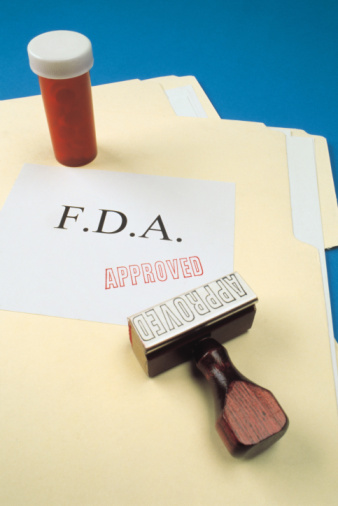 A fecal transplant is a procedure that involves infusing stool from a healthy human donor into the intestines of an ill patient in order to re-establish healthy micro-organisms in the patient’s gut. Healthy microbes work similar to antibiotic drugs, because they help to fight off harmful micro-organisms in the body. Fecal transplants have been used by doctors for years as a type of antibiotic therapy to treat a variety of ailments, and the procedure is steadily growing in popularity.
A fecal transplant is a procedure that involves infusing stool from a healthy human donor into the intestines of an ill patient in order to re-establish healthy micro-organisms in the patient’s gut. Healthy microbes work similar to antibiotic drugs, because they help to fight off harmful micro-organisms in the body. Fecal transplants have been used by doctors for years as a type of antibiotic therapy to treat a variety of ailments, and the procedure is steadily growing in popularity.
The FDA to Approve Antibiotic
During a public workshop in May, the Food and Drug Administration (FDA) announced that it planned to take authority over fecal transplants, meaning that fecal transplants would be stringently regulated in the same way that drugs are. As such, researchers would be required to file for an Investigative New Drug application before continuing to perform fecal transplants. The fact that the FDA planned to regulate and standardize fecal transplants as opposed to banning them was a nod to its effectiveness as an (unconventional) antibiotic procedure.
Advertisement
As fecal transplants were previously practiced in an unregulated environment, treatments have always widely varied from practitioner to practitioner. Some doctors use enemas to administrate the stool into the lower colon, while others perform the transplant via a colonoscopy, which is more invasive but ensures that the stool is transplanted further up into the intestines. Other practitioners administrate the stool microbes via a tube inserted down the patient’s nose and throat, or wrap the stool microbes in triple layered gelatin capsules and have their patients take it orally. Currently, the fecal matter used for fecal transplants comes from human feces, and ideally from a blood relative; however, in the future, synthetic stool could be developed as a safer and more sterile treatment option.
Fecal Transplant as an Effective Treatment
A review of data from 300 patients found that fecal transplants cure about 92% of patients experiencing recurring C. difficile infections (an increasingly common infection that can be fatal and often resistant to antibiotic drugs). Most researchers don’t argue the effectiveness of fecal transplants for the treatment of C. difficile infections, and some small case studies even support the use of fecal transplants for treatment of Crohn’s disease, inflammatory bowel disease and multiple sclerosis. However, some researchers are recommending fecal transplants for the treatment of Parkinson’s disease and autism spectrum disorder, despite a current lack of evidence to support this approach.
While regulation of fecal transplants seems like a logical step to ensure their availability and safety to the public, the FDA’s plan to take the reigns of this transplant procedure was met with frustration from many doctors and researchers. Practitioners of stool transplants complained that such centralized regulation would mean that several sick patients would have to be put on hold or turned away, with all the new paper work (Investigative New Drug applications, or INDs, would have to be filled out and approved prior to each procedure) and approval processes that would become involved. Groups such as the American Gastroenterological Association lobbied against the FDA regulation, because the time delay for getting the IND application approved would unnecessarily stall a life-saving treatment for patients. As a result of this lobbying, just weeks after the FDA’s plan to regulate fecal transplants was announced, the FDA was forced to re-negotiate its regulatory pursuit, allowing doctors to continue providing fecal transplants without any sort of IND approval or regulation from the FDA afterall.
At this point, it’s uncertain if and when the FDA will pick up its petition to regulate stool transplant again. However, in the meantime, doctors are required to document that they have informed their patients about the benefits and risks of the fecal transplant procedure, and are required to make it clear to patients that the procedure is investigational and not yet clinically proven.
